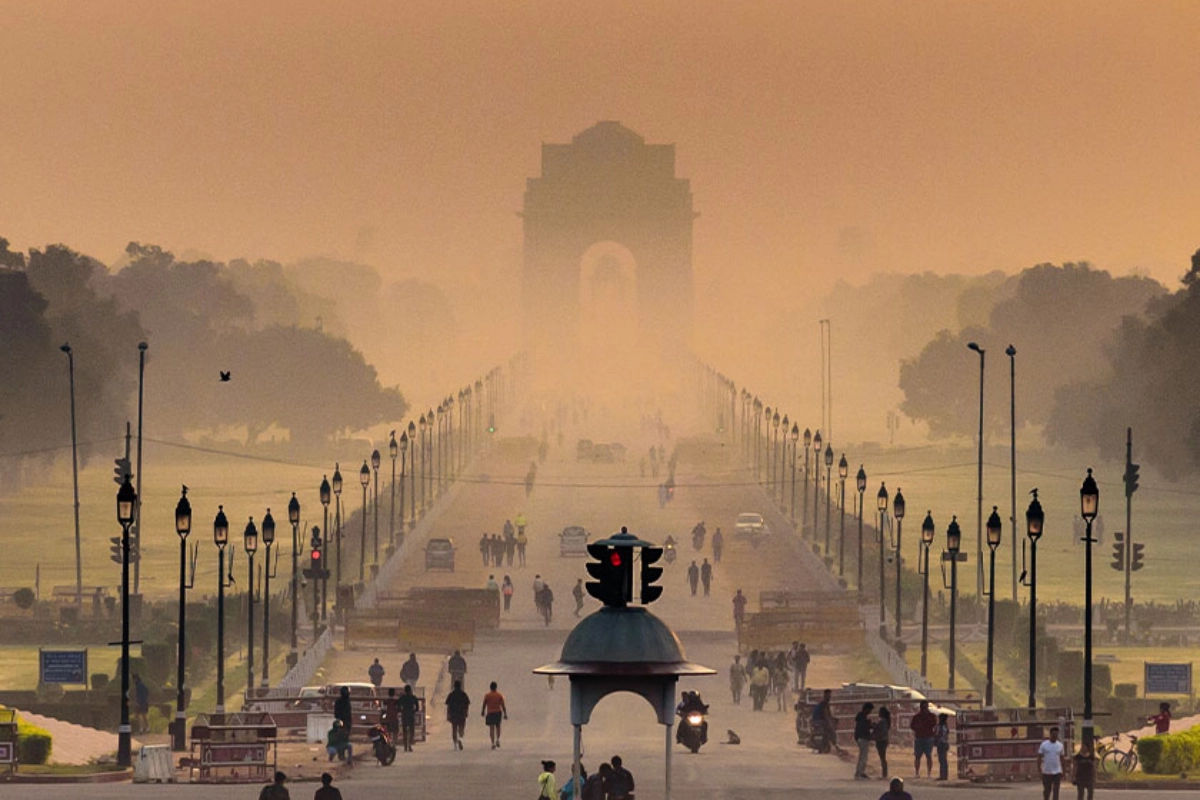Haryana Schools: Air pollution in Haryana has reached alarming levels, particularly in November. Many cities in the state have recorded Air Quality Index (AQI) levels exceeding 400, a range considered extremely hazardous to health. In response to the deteriorating air quality, the Haryana government has announced the temporary closure of schools up to class 5.
Haryana Government Orders Temporary School Closures for Classes Up to 5
The Haryana government’s decision to temporarily close schools is a crucial step in protecting children’s health. The Directorate of Education has instructed all district deputy commissioners to close schools for students in classes up to 5. This preventive measure aims to shield children from the harmful effects of pollution and ensure their safety.
Dense Fog and Low Visibility Across 12 Districts
The air pollution crisis is compounded by dense fog, which has significantly reduced visibility in 12 districts, including Sirsa, Fatehabad, and Hisar. Visibility in some areas has dropped below 50 meters, causing major disruptions in daily activities. The Meteorological Department has issued orange and yellow alerts for fog, further complicating the situation.
AQI Crosses 400 in 11 Cities
Currently, the AQI in 11 major cities of Haryana has crossed the 400 mark. To tackle this crisis, the state has implemented the Graded Response Action Plan (GRAP), which enforces restrictions based on AQI levels:
- Stage 1 (AQI > 200): Initial restrictions.
- Stage 2 (AQI > 300): Stricter measures.
- Stage 3 (AQI > 400): Severe restrictions.
At present, Haryana is under GRAP Stage 3, imposing a ban on various activities that contribute to pollution.
Health Risks for Children and Vulnerable Groups
The ongoing pollution and smog pose serious health risks, particularly to children, the elderly, and individuals with pre-existing respiratory conditions. The temporary school closures are a necessary step to reduce exposure to harmful air quality and prevent respiratory issues that can arise from prolonged exposure to pollution.
Keep watching our YouTube Channel ‘DNP INDIA’. Also, please subscribe and follow us on FACEBOOK, INSTAGRAM, and TWITTER.













Discussion about this post